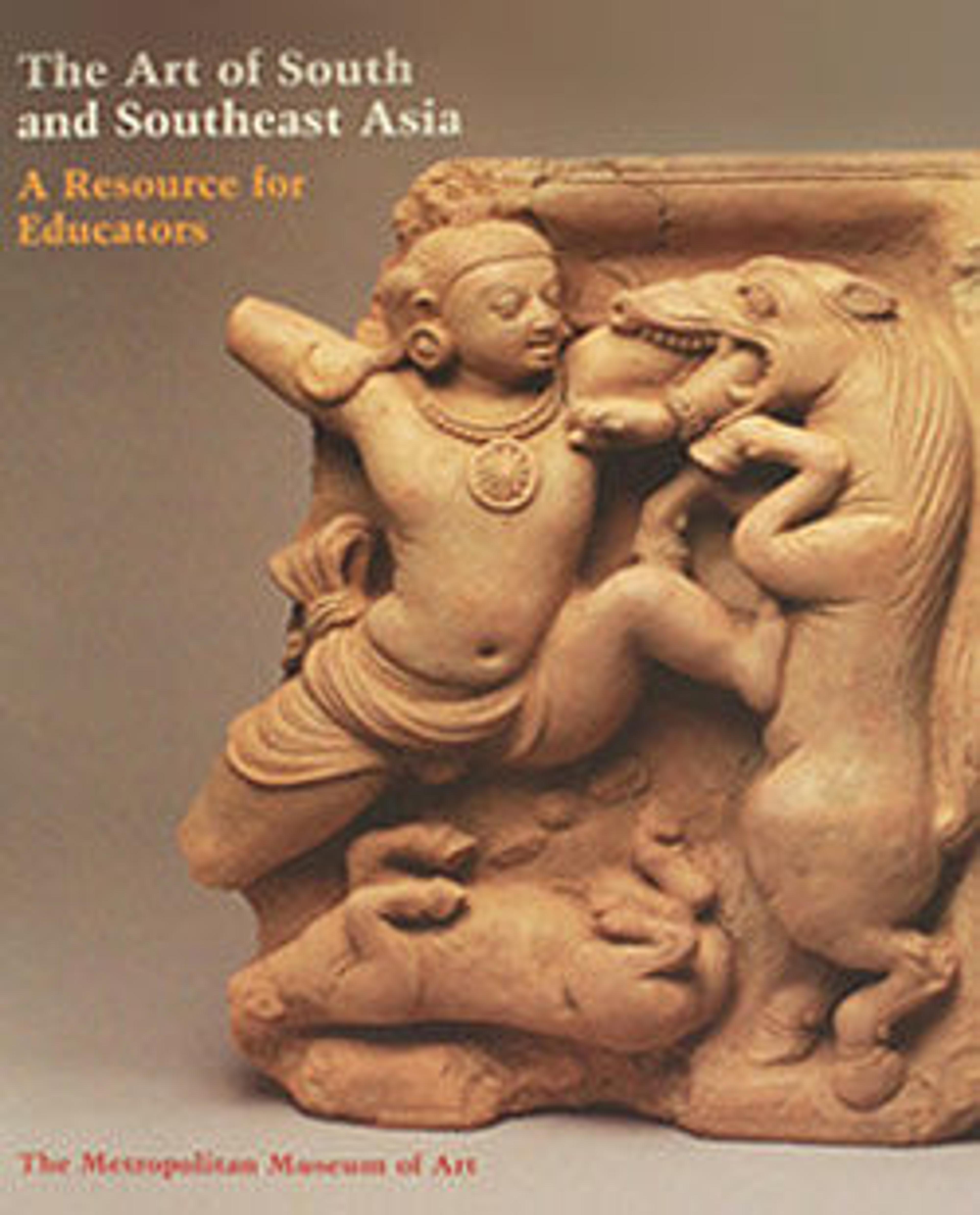Chamunda, the Horrific Destroyer of Evil
Chamunda is naked except for a short diaphanous dhoti partially covering the two tiger skins complete with heads that hang from her waist to her knees. Although her extremities are missing, it is clear from comparison with related images that this Chamunda stood with legs straight, the right turned outward. The starkness and uncompromising horror of this sculpture are representative of one aspect of Indian theology.
Like images of Shiva in his dark form of Bhairava, such macabre images of the Goddess are common occupants of the exterior walls of temples. They appear both on shrines dedicated to Shiva and those to the Goddess herself.
Artwork Details
- Title: Chamunda, the Horrific Destroyer of Evil
- Date: 10th–11th century
- Culture: India
- Medium: Sandstone
- Dimensions: H. 44 1/2 in. (113 cm)
- Classification: Sculpture
- Credit Line: Purchase, Anonymous Gift and Rogers Fund, 1989
- Object Number: 1989.121
- Curatorial Department: Asian Art
Audio
7972. Chamunda, the Horrific Destroyer of Evil
Gallery 241
Figures of idealized feminine beauty express the Hindu reverence for fertility. This desiccated female figure illustrates the horror of death and destruction. Above her navel, a scorpion climbs her abdomen—a symbol of lethal illness. She’s the terrible Kali, appearing here in a form known as Chamunda, The Horrific Destroyer of Evil. A tiara of tiny skulls crowns Chamunda’s skeletal head. Her fragmentary legs are clothed in lion skins, complete with heads. Note the crescent moon in Chamunda’s hair—an attribute of Shiva. Kali was a consort of Shiva. So was Parvati, who appears as a graceful young woman. Both are forms of the Great Goddess, Devi. Indian gods appear in multiple forms or manifestations, emphasizing different aspects of their divine nature. Indian belief holds that dualistic thinking—that is, our tendency to classify things as either good or evil, male or female, beautiful or ugly—ismaya, or illusion. Were this veil of illusion lifted, we’d see Kali and Parvati as one.
More Artwork
Research Resources
The Met provides unparalleled resources for research and welcomes an international community of students and scholars. The Met's Open Access API is where creators and researchers can connect to the The Met collection. Open Access data and public domain images are available for unrestricted commercial and noncommercial use without permission or fee.
To request images under copyright and other restrictions, please use this Image Request form.
Feedback
We continue to research and examine historical and cultural context for objects in The Met collection. If you have comments or questions about this object record, please contact us using the form below. The Museum looks forward to receiving your comments.
